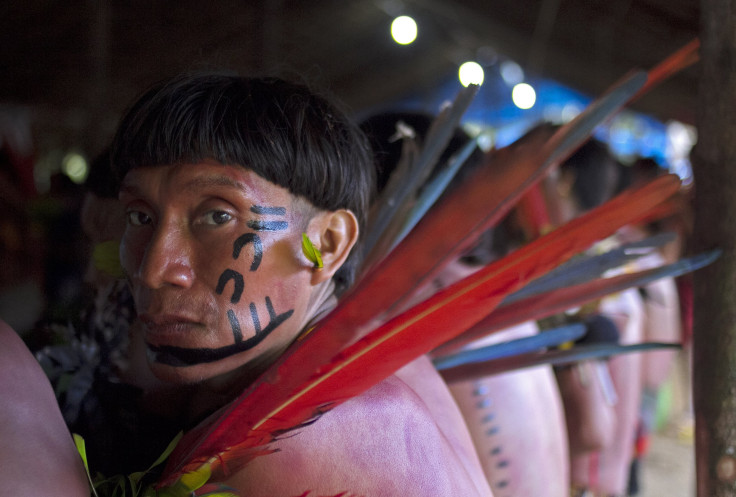Yanomami, An Amazon Tribe, Could Provide Answers To Antibiotic Resistance

Trillions of bacteria, referred to as the human microbiome, live in and on our bodies. The most diverse collection of bacteria ever discovered was collected from an isolated tribe of Yanomami Indians in the Amazonian jungles of southern Venezuela. Comparatively, the microbiome of people in industrialized countries is about 40 percent less diverse, according to the estimates of a team of United States and Venezuelan scientists who conducted the new study.
These results add to a growing body of research linking decreased bacterial diversity, industrialized diets, and modern antibiotics, say the researchers who were led by Dr. Maria Dominguez-Bello. Born in Venezuela, Dominguez-Bello worked there for 14 years after finishing her doctorate; she studied health conditions among the Amerindians and focused on the human microbiome. Currently she holds the position of associate professor of medicine at NYU Langone Medical Center.
Who are the Yanomami?
The Yanomami, with a total population of about 32,000, are the largest relatively isolated tribe in South America. The Yanomami villagers have subsisted for hundreds of generations by hunting and gathering. They live in the rainforests and mountains of northern Brazil and southern Venezuela in an area considered to be the world’s largest forested indigenous territory. In Brazil, the Yanomami territory is twice the size of Switzerland, while in Venezuela, the tribe lives on a 8.2 million hectare reserve (about 31,660 square miles).
Scientists believe the tribe migrated some 15,000 years ago across the Bering Straits between Asia and America, and since then they slowly made their way down to South America.
The Yanomami are believed to have lived in total isolation from the outside world until 2009, when a medical expedition contacted them. Their life-styles are "similar to those of our human ancestors," and they remain "unexposed to modern practices known to exert antimicrobial effects,” write the researchers in their published paper. Today, though, over 1,000 gold-miners are working illegally on Yanomami land, while cattle ranchers invade and deforest the eastern fringe of their territory. Not only are their rivers and forests becoming polluted with mercury, but deadly diseases like malaria are being transmitted to the Yanomami people.
For the current study, researchers collected bacterial samples from 34 Yanomami villagers between the (estimated) ages of 4 and 50. Among the volunteers, 28 gave skin and oral swab samples, while 11 gave fecal samples. Next, the researchers analyzed and compared the Yanomami bacterial DNA to samples from populations in the Amazonian Guahibo Amerindians in Venezuela, and rural Malawian communities in southeast Africa — two tribal communities with more exposure to Western culture than the Yanomami — as well as samples from populations in the United States.
“There is a gradient of diversity in feces and skin that is inversely proportional to exposure to antibiotics and processed foods,” said Dr. Jose Clemente, assistant professor of genetics and genomics at the Icahn School of Medicine at Mount Sinai and co-author of the study.
The researchers discovered not only unprecedented diversity in the Yanomami villagers’ bacteria — 40 percent more than that of Western people — but their gut and oral bacteria also contained genes coding for antibiotic resistance. Though these genes were inactive, they confer resistance not only to natural antibiotics found in the soil but, surprisingly, to synthetic antibiotics as well.
“This is remarkable because they are supposed to be naïve to antibiotics,” Dominquez Bello stated in a press release. These findings offer a view, she said, of what bacteria Westerners are losing, what bacteria Westerners are missing, as a result of industrialized diets and lifestyles.
Additionally, no single taxonomic group of bacteria dominated the Yanomami skin samples. Comparatively, the U.S. skin samples showed high proportions of Staphylococcus, Corynebacterium, Neisseriaceae, and Propionibacterium, and overall lower diversity.
Source: Clemente JC, Pehrsson EC, Blaser MJ, et al. The microbiome of uncontacted Amerindians. Science Advances. 2015.



























